The DMA’s teacher resources were created along with educators in the Museum’s Educator Advisory Council (EAC). The purpose of these resources is building connections between students and the visual arts, so they can talk about other big ideas. While there are art-making activities included in each resource, the goal is not to teach about art or art history.
Each resource is divided into stand-alone sections that teachers can pull and use as they relate to your classroom goals and lesson plans.
Interested in helping the DMA create additional teacher resources? Find out more about our Educator Advisory Council here.
Guiding Principles
These resources were created with the following goals:
- To help students develop personal and communal capacities for recognizing emotions, building relationships, and fostering self-awareness.
- This looks like mindfulness, coping skills, and meaningful communication.
- This feels like empathy, connection, and better understanding ourselves and others.
- To help students push for equity, have challenging dialogues, clarify difficult truths, and confront existing power structures.
- This looks like protest, a call to action, and having difficult conversations.
- This feels like respecting and understanding others and feeling understood.
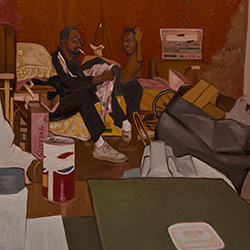
Rhythms of Joy:
Exploring Self-Identity Through Music and Self-Portraiture
This resource explores and expresses cultural identity through self-portraiture, inspired by the joy of one's musical heritage. It offers students an opportunity to reflect on their personal experiences and heritage while also gaining insight into the cultures and histories of others.
Grade Level: Recommended K–12
What to Expect: Close looking, listening activities and discussion, and musical self-portrait art making
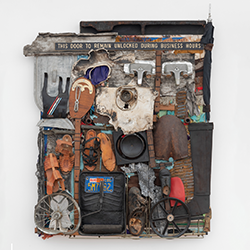
Things We Carry
Discover the power of storytelling through art. This resource invites students to explore the personal and shared histories tied to objects, fostering connections between material things, emotions, and identity.
Grade Level: Recommended for Secondary Grades (6th–12th Grade)
What to Expect: Close looking, reflective writing, and layered mixed-media art making where students consider the "invisible baggage" they carry
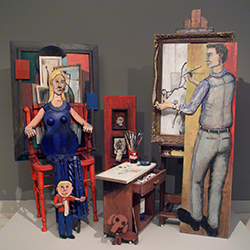
What's on the Inside
How can looking at self-portraits help us learn more about ourselves and others? In this resource, we investigate how self-portraits explore and celebrate the positive inner qualities that make each of us unique.
Grade Level: Recommended for Elementary Grades (K–6 Grade)
What to Expect: Close looking, reflective poetry writing, and a word-based self-portrait
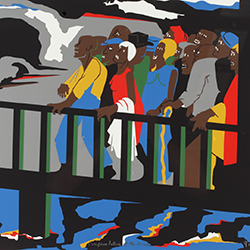
Printmaking and Protest
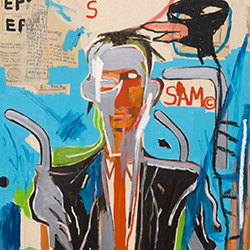
Language Matters
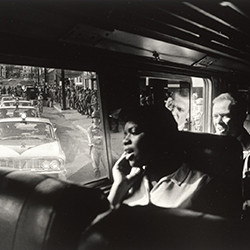
Sense of History
Images: Records on Repeat (detail), 2023. Riley Holloway. Oil on canvas. Dallas Museum of Art, Dallas Art Fair Foundation Acquisition Fund, 2023.51. © Riley Holloway; Access (detail), 1993. Noah Purifoy. Mixed-media assemblage. Dallas Museum of Art, TWO x TWO for AIDS and Art Fund, 2019.10. © Noah Purifoy; Family Portrait 1963 (detail), 2001. Martin Delabano. Mixed media. Dallas Museum of Art, gift of Mr. and Mrs. Bryant M. Hanley, Jr., Lorine and David H. Gibson, and Sonny Burt and Bob Butler, 2001.358.A–F. © Martin Delabano; Freedom Ride (detail), 1961. Bruce Davidson. Black and white photograph. Dallas Museum of Art, anonymous gift, 2007.57.1. © Bruce Davidson; Sam F (detail), 1985. Jean-Michel Basquiat. Oil on door. Dallas Museum of Art, gift of Samuel N. and Helga A. Feldman, 2019.31. © Estate of Jean-Michel Basquiat. Licensed by Artestar, New York; Confrontation at the Bridge (detail), 1975. Jacob Lawrence. Screenprint. Dallas Museum of Art, gift of Michael L. Rosenberg, 1994.246.3. © The Jacob and Gwendolyn Lawrence Foundation, Seattle/Artists Rights Society (ARS), New York